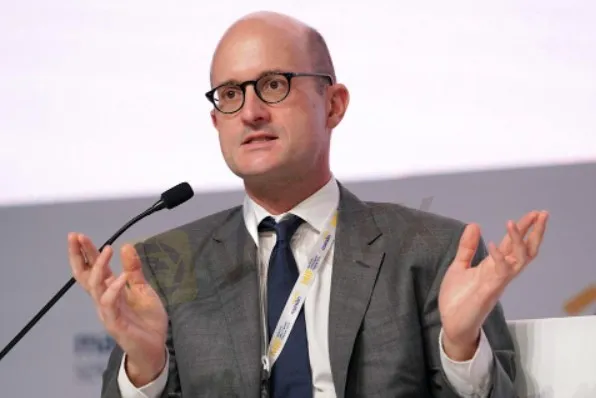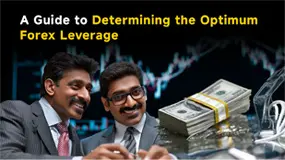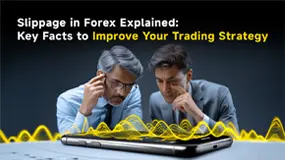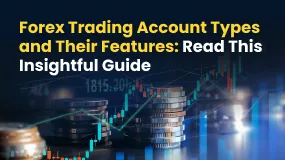简体中文
繁體中文
English
Pусский
日本語
ภาษาไทย
Tiếng Việt
Bahasa Indonesia
Español
हिन्दी
Filippiiniläinen
Français
Deutsch
Português
Türkçe
한국어
العربية
POLITICS Investing News Wire 12h ago ‘In Bald Guy We Trust’: A Currency Analyst Goes Viral in B
Abstract:Brooks’s family, he says, is flabbergasted by his new stardom. “My kids say ‘What the hell? This is our stupid dad.”’
Robin Brooks speaks in the sober monotones of a PhD economist whos dedicated much of his career to calibrating fair-value models for foreign-exchange rates.
So it was a bit of a shock to Brooks, and his family, when he suddenly became a social media sensation in Brazil. But Brooks is a rarity in financial circles here: a long-term bull on the Brazilian real. And it is this unflinching optimism, even in the worst moments of the currency‘s pandemic collapse, that has now made him the public face of the breakneck rally that’s turned the real into the worlds top-performing major currency this year.
To his Twitter followers in Brazil, where exchange-rate-watching is something of a national obsession, Brooks is simply “the bald guy” -- “o careca” in Portuguese. Or sometimes “the bald guy from Goldman.” He actually hasnt worked at Goldman Sachs in five years but, anyways, this has a much better ring to it than the “bald guy from the Institute of International Finance,” where he currently serves as chief economist.
Each bullish tweet he posts on the real is immediately greeted with thousands of likes and scores of “in bald guy we trust” responses that have become something of a hallmark of his followers. The more zealous in the crowd tweet photo-shopped pictures depicting him as a boxer or GIFs lauding him as “the man, the myth, the legend.”
Brooks‘s family, he says, is flabbergasted by his new stardom. “My kids say ’What the hell? This is our stupid dad.”
Some of his critics, of which there are plenty, use similar language to describe his analysis, too. They chuckle at how his fair-value forecast for the real -- 4.5 per dollar -- hasnt budged in over two years despite all sorts of major twists and turns in the local economy and global markets.
And they say his bullish call has somewhat randomly had the good fortune of picking up two major forces driving the currency‘s gains: A wave of aggressive interest-rate hikes by the central bank and a sudden boom in global demand for Brazil’s commodity exports.

To Brooks, though, these developments merely reflect his long-held belief that the countrys economic and foreign-trade fundamentals are improving and that the currency remains weaker than it should be even after rallying 19% this year to 4.70 per dollar. This is still a contrarian view. Most analysts surveyed by Bloomberg predict it will weaken from here.
“I keep talking about undervaluation, undervaluation, undervaluation,” says Brooks. Shortly after he first released his bullish call, the pandemic hit and investors began yanking money out of Brazil at such an alarmingly fast rate that he says he thought “the computer feed was broken.” Those outflows, Brooks says, along with the scathing criticism he was seeing Brazilians heap on their political leaders on Twitter, emboldened him. “Usually to me, that‘s a good sign that, OK, this is overdone. Maybe there’s real value and the Brazilian real is too cheap.”
This also explains why some of Brooks‘s most vocal Twitter fans in Brazil are supporters of embattled President Jair Bolsonaro. To them, the real’s rebound against the dollar is a sign that Bolsonaro is managing the economy well as he gears up for a tough re-election campaign.
The currency in general gets outsized attention in Brazilian society, the result of decades of runaway inflation that to this day prompt people to convert some of their cash into U.S. dollars. Brooks‘s cult-figure status in the local Twittersphere is a testament to this. Many of his followers seem genuine in their belief in his genius. For others, it’s more of a tongue-in-cheek sort of thing.
Brooks actually tweets mostly nowadays about the war in Ukraine and about how sanctions are failing to truly squeeze Russias finances. Those tweets, though, typically garner a lot less attention than when he boasts about his Brazil call.
Born and raised in Germany, Brooks, 51, studied at the London School of Economics and Yale University before going on to work at the International Monetary Fund, Brevan Howard and Goldman Sachs, where he was the firms top foreign-exchange strategist.
It was during his time at the IMF that he helped create a fair-value currencies model that he uses to this day. Hes just tinkered with it a little to feed in some high-frequency data.
The model spits out estimates for him on just about every major emerging-market currency. They dont all work out well. The Turkish lira was a contrarian bullish call, for instance, that went badly awry. And he acknowledges that his bearish stance on the South African rand looks unrealistic at this stage.
“I dont want to claim clairvoyance,” Brooks says. “I am glad I got Brazil right.”
Disclaimer:
The views in this article only represent the author's personal views, and do not constitute investment advice on this platform. This platform does not guarantee the accuracy, completeness and timeliness of the information in the article, and will not be liable for any loss caused by the use of or reliance on the information in the article.
Read more

Top Tips to Avoid Forex Margin Calls and Protect Your Capital
While technical indicators or chart patterns often capture the attention of forex traders, especially new ones, aspects such as margin requirements, equity, used margin, free margin, and margin levels are often overlooked. So, if you have received a margin call from your forex broker and are wondering how to deal with it, you probably do not know the concept of a forex margin call - what triggers it and how to avoid it. Being unaware of this concept can make you lose your hard-earned capital. In this article, we will provide you with all the information you need to know. Keep reading!

A Guide to Determining the Optimum Forex Leverage
Want to gain a wider forex market position control by investing a minimal amount? Consider using leverage in forex. It implies using borrowed funds to raise your trading position more than your cash balance can let you do it. Forex traders usually employ leverage to churn out profits from relatively small currency pair price changes. However, there is a double-edged sword with leverage since it can multiply profits as well as losses. Therefore, using leverage in the right amount is key for traders. Forex market leverage can be 50:1 to 100:1 or more, which remains significantly greater than the 2: leverage usually offered in equities and 15:1 leverage in futures.

Slippage in Forex Explained: Key Facts to Improve Your Trading Strategy
Have you witnessed a difference between the expected price of a trade and the price at which it is executed in real time? This might be due to slippage, which can happen at any time. However, it prevails mostly when the market remains highly volatile. At the same time, it can also happen during large order executions. Read on to know more about slippage, its impacts, and the strategies to rein in adverse effects.

Forex Trading Account Types and Their Features: Read This Insightful Guide
Want to open a forex account to enjoy the thrill of compounding returns? You should first know the various forex trading account types. Choosing the right option from the list of forex accounts is critical to experiencing a hassle-free and successful trading journey. Forex brokers design trading accounts based on your needs, trading experience, and financial goals. Therefore, understanding each forex trading account type and its key features becomes essential.. This will help you make the right choice. In this article, we have discussed everything about forex accounts. Take a look!
WikiFX Broker
Latest News
Forex24 Faces CySEC Fine for Late Compliance Filing
One Wrong Move Wiped Out a Government Retiree’s Lifetime Savings
MH Markets Review 2025: Trading Platforms, Pros and Cons
Octa FX in Pakistan: The Complete Guide to Local Payments, Regulation, and Support
Mekness Review: Traders Report Alleged Fund Scams & Account Blocks
INTERPOL, AFRIPOL Crack Down on Africa Terror Finance
Forex Scam Checker Philippines: Verify Brokers with WikiFX
"Our Business Has Died": Texas Services Sector Sentiment Slumps Further In October
D Prime to Exit Limassol Office Amid Doo Group Restructure
How to Protect Your Account Security? Three Methods to Reduce Phishing Risks
Currency Calculator



